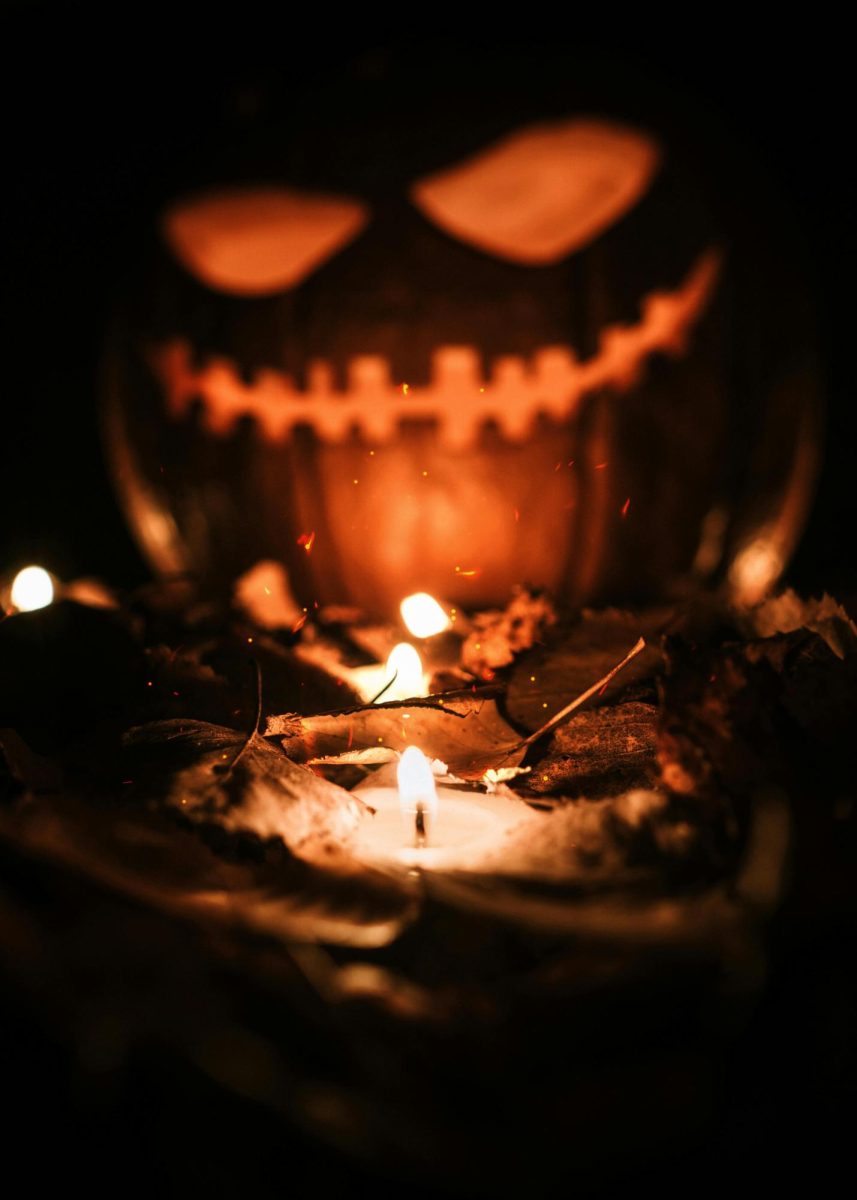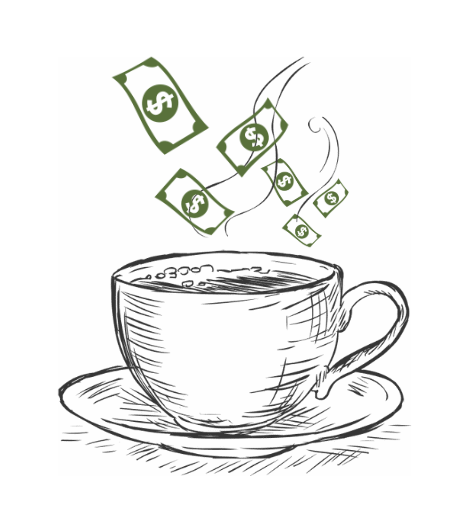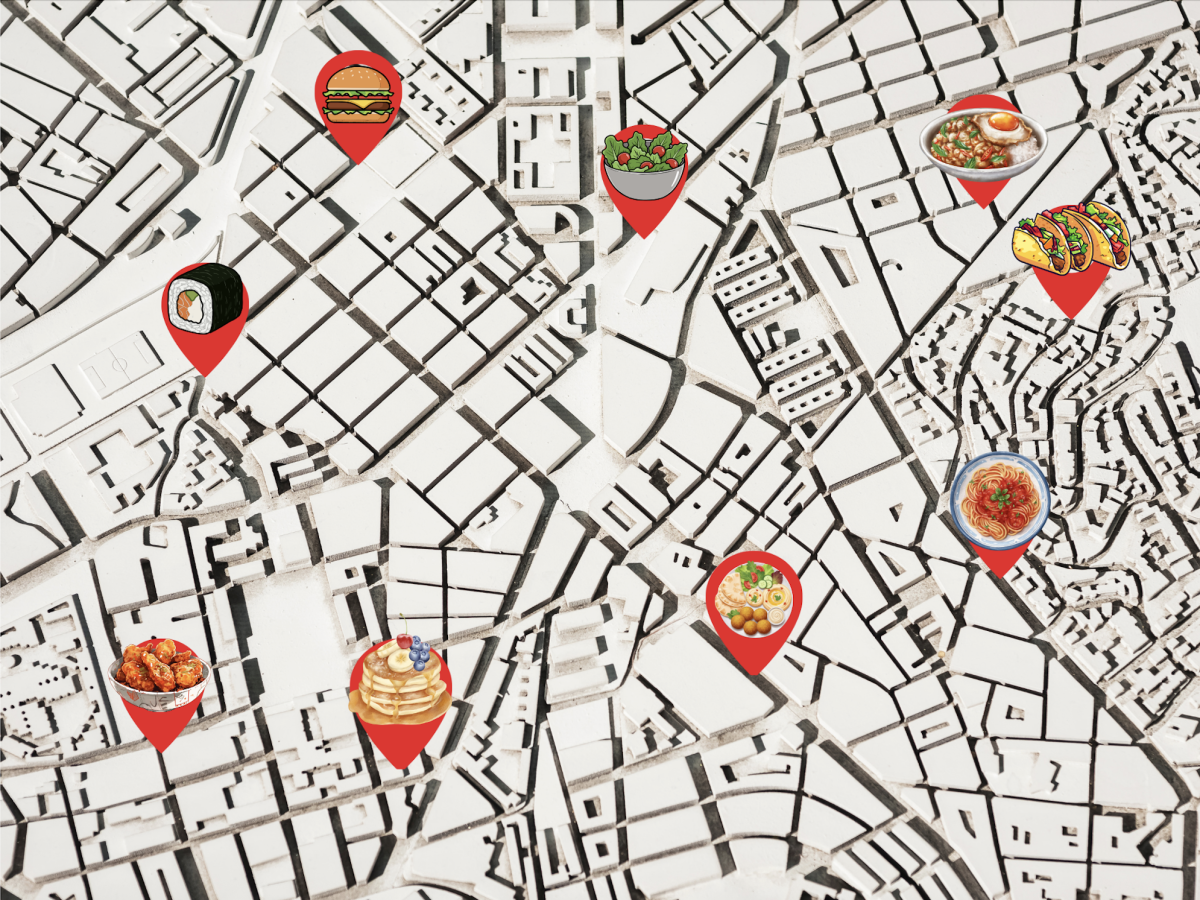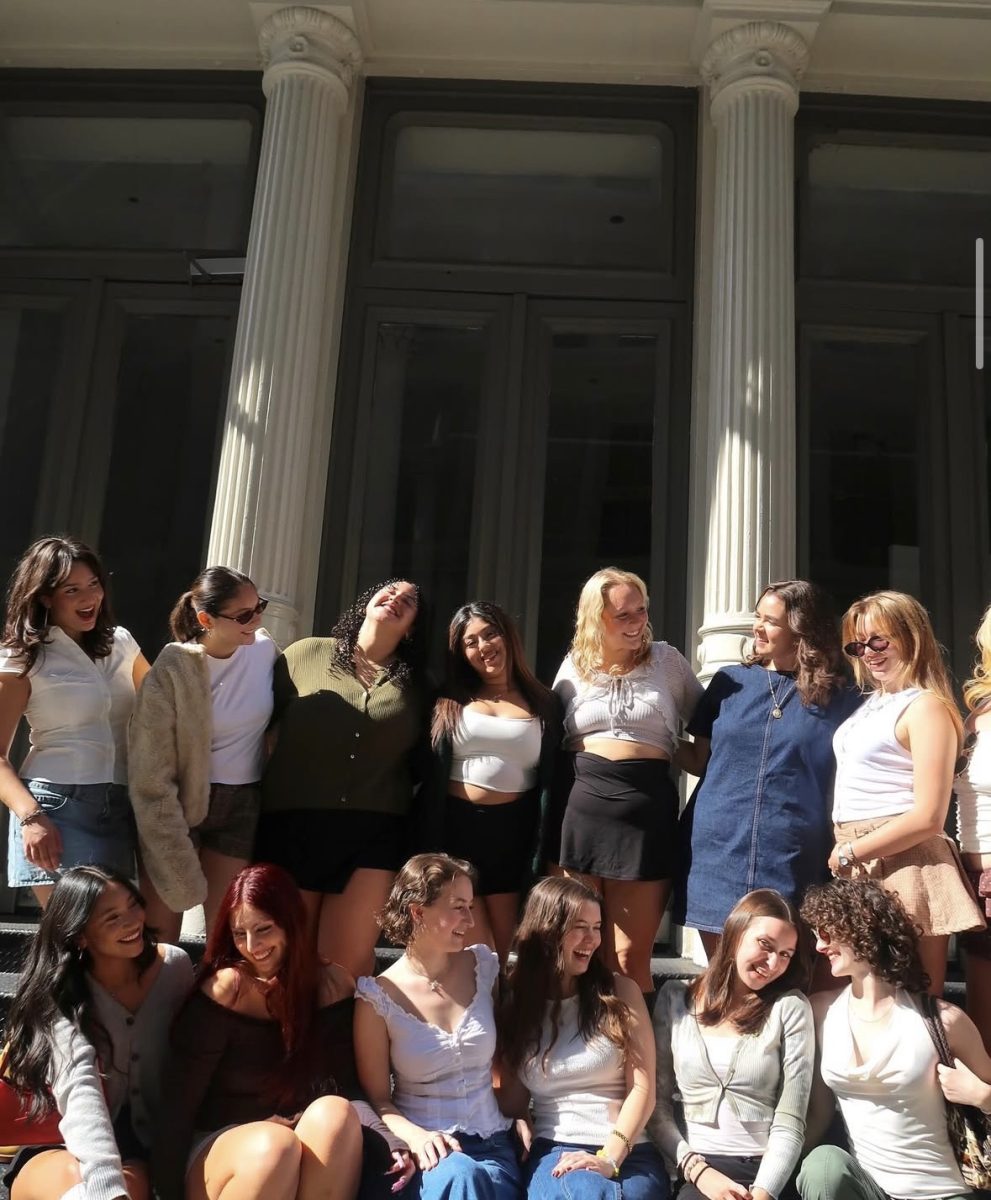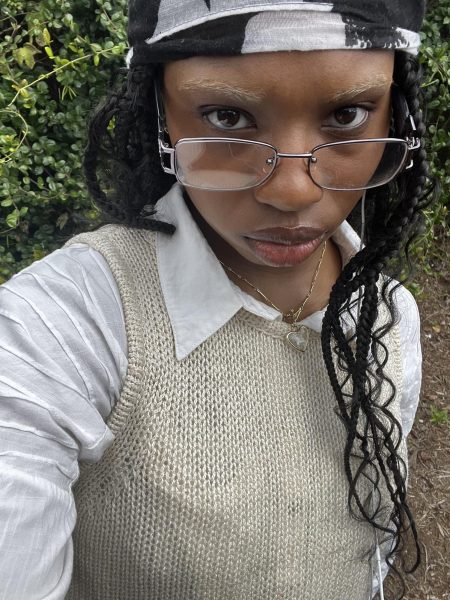Spooky season is upon us, bringing with it an entourage of familiar events: pumpkin carving, trick-or-treating and indulging in a scary movie. Yet its origin remains mostly unknown, or at least minimized by the costumes and candy. It’s time to turn over the leaf from seasonal activities and explore the history behind this eerie celebration.
Halloween began as part of the Celtic festival Samhain, a time celebrating the end of summer and welcoming the fall harvest, which includes the black and orange colors associated with the holiday. Despite the demonic association, All Hallows’ Eve invites people to scare off ghosts by wearing costumes and lighting bonfires on Oct. 31 while acknowledging the spirits that haven’t yet passed the threshold. The next day, All Saints’ Day, on Nov. 1, honors souls ascending to heaven, all occurring within the later and darker months of the year.
Now for the name game, “Hallowe’en,” “All Hallows’ Eve” and “All Saints’ Day” play essential roles in forming Halloween. It was broken down as “hallow” and “een,” meaning “holy” and “night,” opening the doors to Christian ties. Eventually, the Scottish used “Hallow-e’en” long enough for the word to stick and morph into the name we know today.
One of the most common traditions around Halloween and fall is carving a pumpkin—but why is it done? It traces back to Ireland, where turnips were carved to scare away evil spirits. The custom stems from the tale of Stingy Jack, who escaped death three times by capturing the devil and agreeing to let him go in exchange that his soul would never go to hell. But after his death, Jack was not allowed in heaven or hell; instead, he was left to roam the Earth with a lit carved-out turnip.
As for trick-or-treating, there are many possibilities as to why it became a thing, but the one that relates to current times is known as “belsnickeling,” where kids would knock on doors trying to get adults to guess their costumes. If they couldn’t guess correctly, then they received candy. So, I guess Charlie Brown’s costume was too predictable.
Traditions crossed the waters during the 19th century from Ireland to the U.S. due to Irish immigration. Turnips became pumpkins, and a night of candy offerings and surprising pranks took a turn in the 1930s as vandalism of street lights, windows and arson occurred and one night being so extreme it was coined “Black Halloween.” U.S. cities adopted the Canadian version, which included giving kids candy to avoid being pranked; hence the saying “trick-or-treat.”
Commercialization has popularized the event and elevated its tradition from simple neighborhoods to global markets with cards, decorations, vast costume options and pumpkin-flavored treats. The eerie atmosphere of the season is further enhanced by film noir and German Expressionism, with classic horror films like “Frankenstein” and “Dracula.” These films explore themes of possession, slasher violence, occasional witchcraft and plenty of blood.
Though this concludes our history lesson on All Hallows Eve, let us remember the traditions around this well-known holiday and how it influences what we do.

